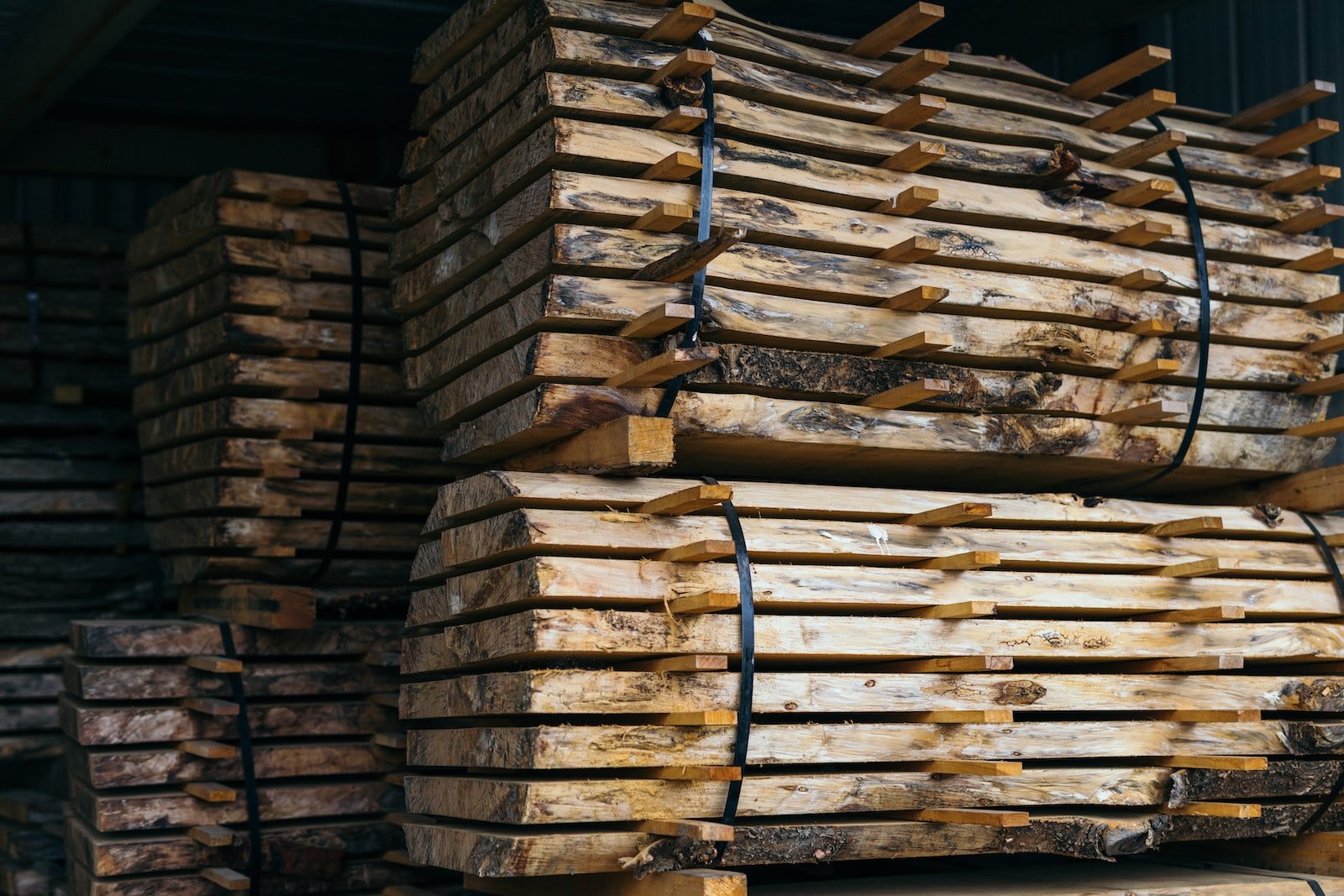Humidity Control for Timber Working and Storage
Humidification for Wordworking and Carpentry
Humidity Control for Timber & Woodworking
Timber by nature is hygroscopic if the environment is wet the wood will swell and if it is dry then the wood will shrink and warp
During the manufacture of window frames, furniture and other similar products a dry atmosphere will cause the wood to shrink and this will result in gapping at joints and in the corners of frames. Where veneers are also used additional problems will occur causing the edges to become uneven and in some cases develop cracks.
By maintaining an even and correct humidity level during manufacturing process a good quality finish will be achieved with the additional advantage of airborne saw dust being suppressed from the surrounding air providing a safer environment for the workforce.
In most of the timber and woodworking processing, kiln dried wood is used which usually contains around 5-10% moisture content, so from the very beginning of any processing moisture content in both the material and the environment is important, and it is important to be able to monitor it. In the first instance, our wood moisture meters allow you to monitor the moisture content of the product as it either processed by the timber mill or on receiving at the processing factory.
From then on, right through to the finished product, the wood should be stored, processed, and finished in an environment with the correct humidity, which generally is around 55-65%. This makes sure the timber maintains it characteristics and does change shape, warp, or split. If the humidity drops below 40% the wood can start to deteriorate, this is accelerated by the heat generated either by the heating in the factory or heat from the processing machines, this can reduce the humidity levels drastically.
Problems caused by low humidity in Woodworking:
- Dimensional changes in wood caused by moisture loss results in expensive delays in production, wasted material and poor finished product.
- More dust in the atmosphere, which causes problems in machinery and creates a bad working environment.
- Static electricity is created when surfaces become dry and charged with static, this makes processing difficult and increases the risk of fire.
- Low humidity negatively impacts the gluing process as the wood and adhesives need moisture to stick and cure correctly.
Advantages of Humidification in Woodworking:
- Maintains the same process conditions from delivery to finished product, which in turn ensures consistency in the finished products.
- Reduction of dimensional changes in wood such as warping
- Controls airborne dust
- Improves work environment for workers
- Reduces product waste
- Improves finished products
For Technical Information and Specifications,
download our PDF



